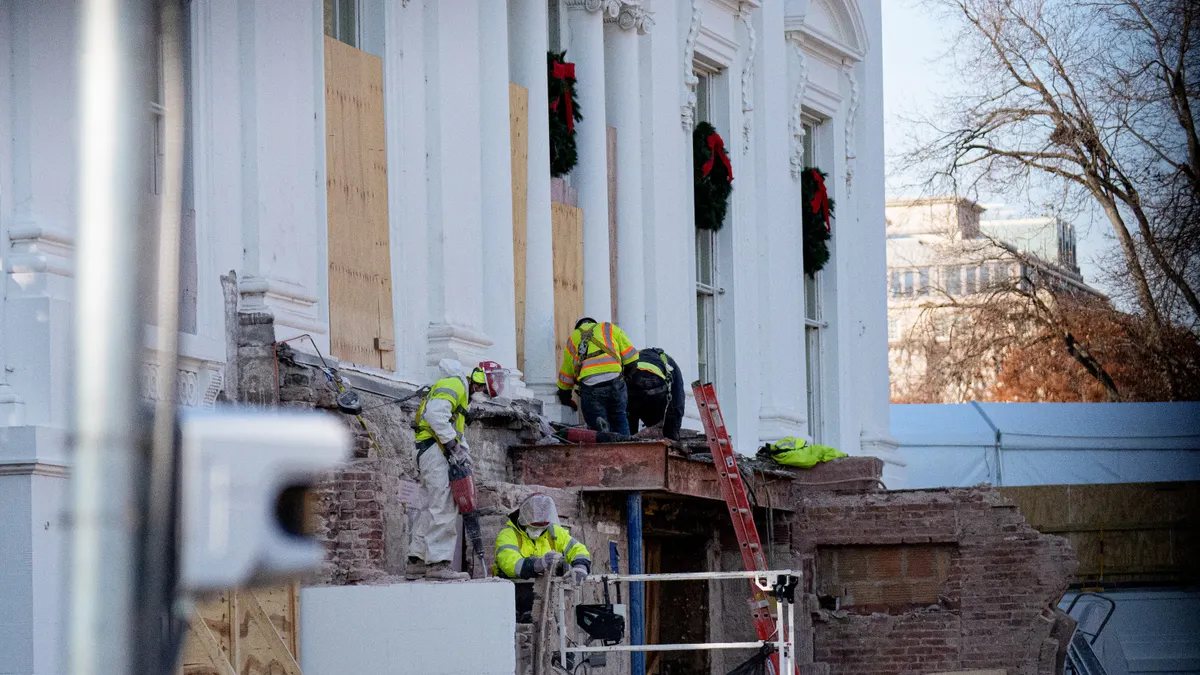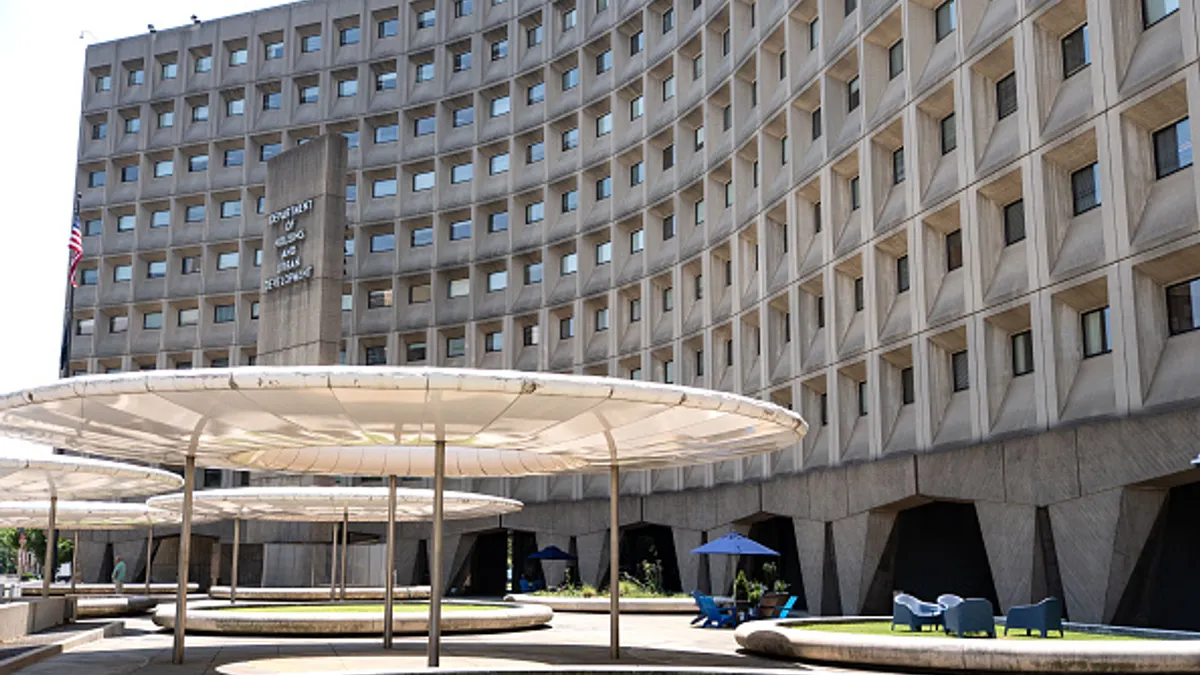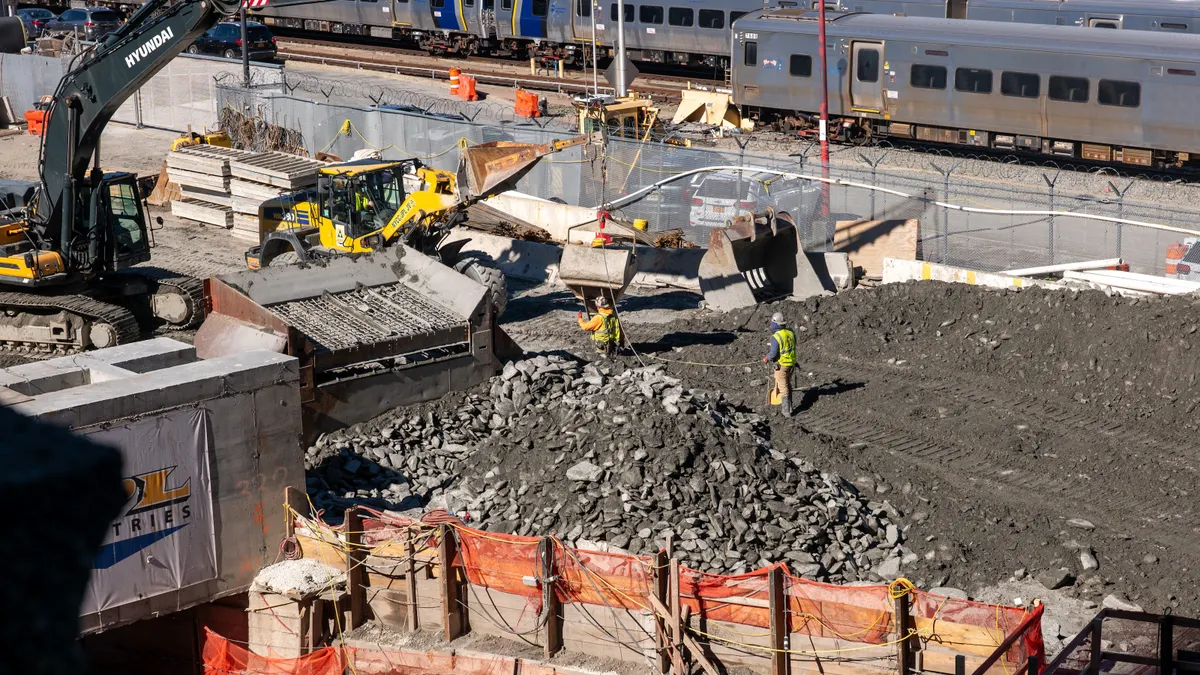Since the 1930s, the U.S. government, through various programs and initiatives, has been trying to solve the problem of affordable housing — attempting to ensure everyone has a safe place to live without using all of their disposable income. No one ever argues against that goal, but the question of how to get there usually causes a good deal of controvery, and some builders are pushing back against what they believe are unfair mandates to include affordable housing in the projects they develop.
Different types
An important fact to keep in mind is that there are more than one type of government-sponsored affordable housing program. There are government-managed housing developments, commonly referred to as "public housing," and then there is the "Section 8" program, which primarily provides financial assistance, via rent vouchers, to help defray the cost of a house or apartment.
There is also a third type of affordable housing initiative: local mandates that require private developers to include a percentage of affordable housing units in their developments. These ordinances can attach the requirement to for-sale developments, rental properties, or both, depending on the municipality.
"I think that the federal government recognized that there was a huge affordable housing issue nationally and that Section 8, on its own, was probably not going to get it done," Charles Anderson, executive vice president of acquisitions at City Real Estate Advisers, Inc, told Construction Dive. City Real Estate is a syndicator of affordable housing tax credits and facilitates and manages affordable housing projects throughout the U.S.
And this is where the latest controversy kicks off.
Builders pushing back
San Jose, CA, one of the most expensive places to live in the U.S., according to the U.S. Census Bureau, has long grappled with the issue of affordable housing. So, in 2010, just like in many other cities in California and the U.S., San Jose passed an inclusionary zoning ordinance requiring that developers who build 20 units or more include 15% of those units at a below-market-rate price, as established by local median income levels.
The California Building Industry Association pushed back and sued the city on the grounds that the inclusionary zoning mandates, according to the CBIA's legal team from the Pacific Legal Foundation, are exactions, or "taking of property" and, therefore, are unconstitutional. The case made its way to the California Supreme Court, which upheld the San Jose law. The CBIA has now asked the U.S. Supreme Court to review the decision.
In a statement after the ruling, PLF Senior Staff Attorney Tony Francois said: "Penalizing homebuilders with more costs and mandates deters the creation of more housing and raises the overall cost of market-rate homes. In short, the ruling from which we're appealing will make it even harder for average families to afford a home in California."
No possible profit?
However, Anderson disagrees with the notion that affordable housing mandates can't be profitable. He said there are a variety of tax credit and investor options that could help a private developer realize the profit potential of such projects.
"This could be a wildly successful model," Anderson said, "and it could be a profitable model for the developer. I would almost argue that the affordable units could be just as profitable for them as the market-rate units."
Of course, not everyone agrees.
Adrian Moore, vice president of policy at the Reason Foundation, a public policy think tank, said that inclusionary zoning ordinances aren't going to fix a city like San Jose's housing problems, which, according to Moore, has very restrictive building and zoning policies.
"There's only one thing in the world that makes housing cheaper, and that's more housing," Moore told Construction Dive. "It's like oranges. When the orange crop booms, orange prices are low. When the orange crop is bad, orange prices are high. If you don’t allow housing to be built, housing prices are high. If you allow housing to be built, housing prices go down. Pure and simple."
Even the city-offered developer incentives, like being able to build additional units per development, or a buyout fee as an alternative to selling below-market-rate units, don't impress Moore.
He said "density bonuses" are supposedly intended to allow a developer to sell more units, thereby making up for the money they lose on the cheaper units. "But that does not offset the price effects," Moore said. "Developers still tend to charge more for the other units, thus lowering overall affordability."
And of the option to pay a per-unit fee as a buyout from the ordinance, Moore said, "The fee doesn't make affordable housing. All it does is penalize the developers for building, and, of course, they put those fees right into the cost of the housing. It raises housing prices. It's exactly the opposite of the solution."
Hopes for a compromise
So is there a way that builders and affordable housing proponents can both get what they want?
Moore believes it's unrealistic to expect that minimum and low-wage workers will be able to live in every community. "It's just not going to happen," he said. "There are going to be wealthy communities. There are going to be expensive neighborhoods."
"Builders should be arguing that the way to make housing cheaper is to allow them to build more. As supply catches up with demand, prices come down," Moore said. "More people in middle class trade up from old homes to new, and more old, affordable homes are freed up at even lower prices. Voila."



















